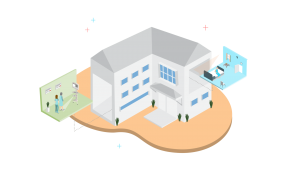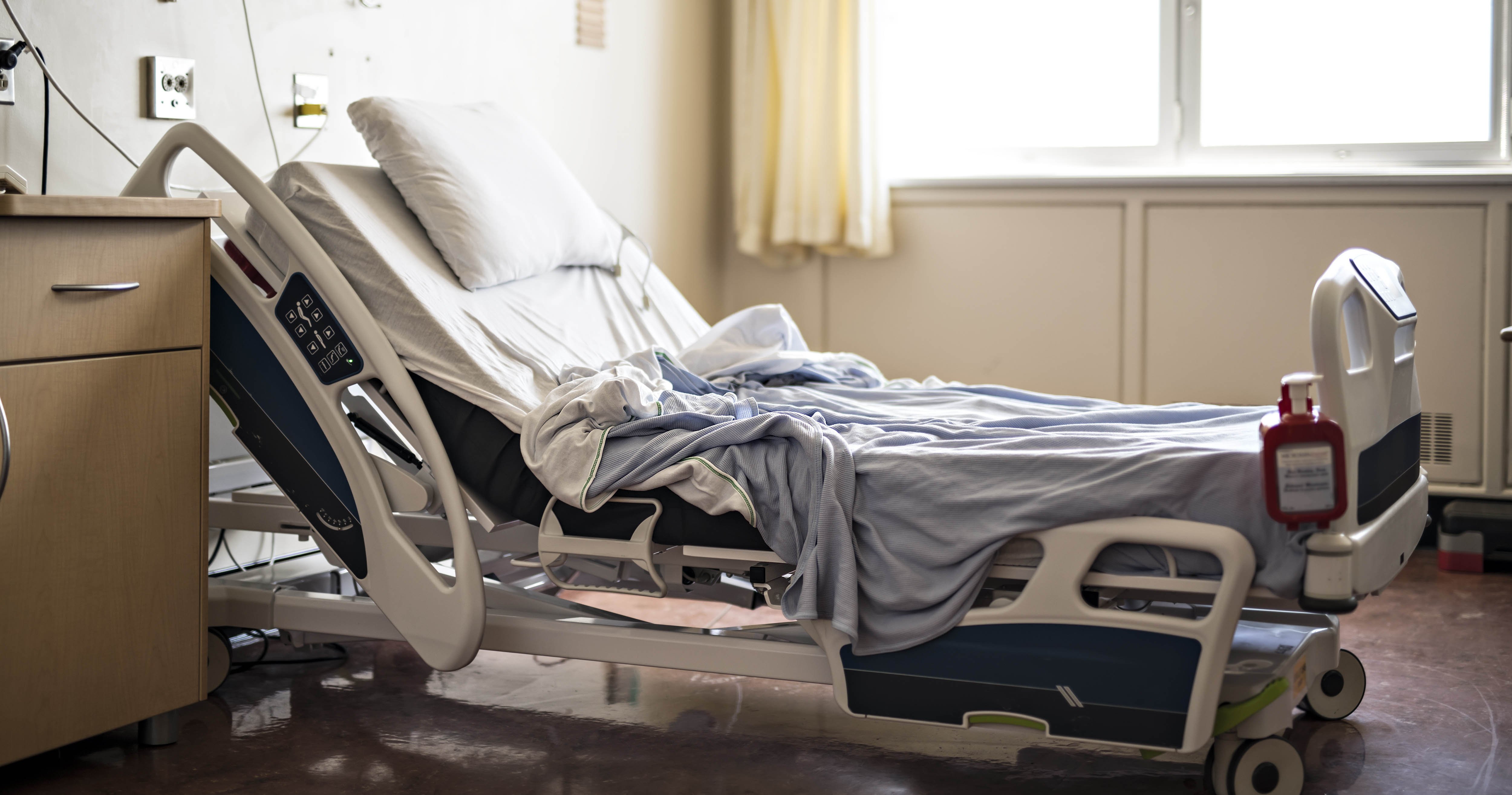Bedside falls happen everywhere, but no matter where they happen, they impact not only the patient, but all involved. A fall isn’t just a physical incident. It affects everyone in contact with that patient, whether it’s the senior living community or hospital giving care, the nurses in direct contact, and even down to the family members of the patient. What goes on behind the scenes of a bedside fall?
Senior Living and Bedside Falls

In senior living, bedside falls happen all the time. Clearly, the main focus becomes the patient’s safety when a fall happens, but Senior Living Communities have a lot more to keep track of in addition to that. For one, a fall requires increased paperwork for the staff. They now have to worry about lawsuits, higher insurance premiums, and being careful to document the circumstances of the fall, the resident outcome, and the staff’s response. Beyond general paperwork, the community must send out a FAX Alert to the resident’s primary care provider and implement an intervention within the first 24 hours of the fall. Higher fall rates within a community can also result in poor survey results, which in turn affect the appeal and marketability of that particular establishment. It’s one thing if a singular fall requires this many steps, but imagine if multiple happened within one day. On top of an already packed work load, a community must scramble to complete each of the above tasks for multiple instances.
Hospital Falls
Hospitals handle falls similarly to Senior Living, but the difference is quantity—more beds result in a greater number of falls. On top of any and all paperwork the hospital must complete, many facilities must implement universal fall precautions, which might include scheduled rounding protocols, clinical review, and standardized fall risk assessments. Hospitals encounter bedside falls of all kinds—not just in older adults, so the problem becomes more complex. While nursing staff may be more abundant in a hospital, work loads tend to be more rigorous. Fall protocols add an exuberant amount of work on top of an already full schedule for many hospital staff members.
First Responders to Falls
Nurses and caretakers bear the brunt of pressure when it comes to bed falls. They act as the “first responders” to the incident and ideally prevent it from happening, or else handle the damage. If a nurse isn’t able to respond to a fall fast enough, they are in charge of documenting patient fall risk screenings and prevention practices, monitor the patient after the fall, report to the patient’s physician, and obtain any medical orders needed. The nurse will also be responsible for educating the family as well as the patient on fall prevention and gathering supplies and tools like walkers and bed alarms to prevent future falls. A nurse’s day is already hectic. Many work long hours to keep patients safe, particularly those at risk of falling.
Falls Impact Entire Families
While the focus remains on the patient in regards to falls, the family of the patient can play a role as well. A patient’s loved ones may constantly worry about their mobility, and overall well-being, and this can result in a lot of emotional strain. The patient’s family is integral in encouraging their family member to make safe decisions, use assistive devices, and be general moral support. Oftentimes they are involved extensively in the patient’s recovery, ensuring they receive the care they need. When a fall happens, the family can be affected greatly—emotionally, and financially.
Fear of Falling
Apprehension of falling is more common than a person might think, especially among older adults. Those who fear falling are ultimately more likely to fall. In some ways, patients bear the weight of a fall before one even occurs. Many hospitals and communities aim to set their patients’ minds at ease by changing the narrative. With the advancement of technology, there are tools that can vastly change the way a facility handles bedside falls, one being VSTAlert. With preventative infrared technology, VSTAlert is able to detect falls 30-60 seconds before they happen, alerting nursing staff and reminding the patient themselves to stay in bed. This tool is being implemented across the country. In a matter of months, UMC Pitman dropped from 42.0 falls per 1,000 patient days to 5.1 when using VSTAlert.
Want to start reducing bed falls? Visit us here to schedule a call with our sales team!


